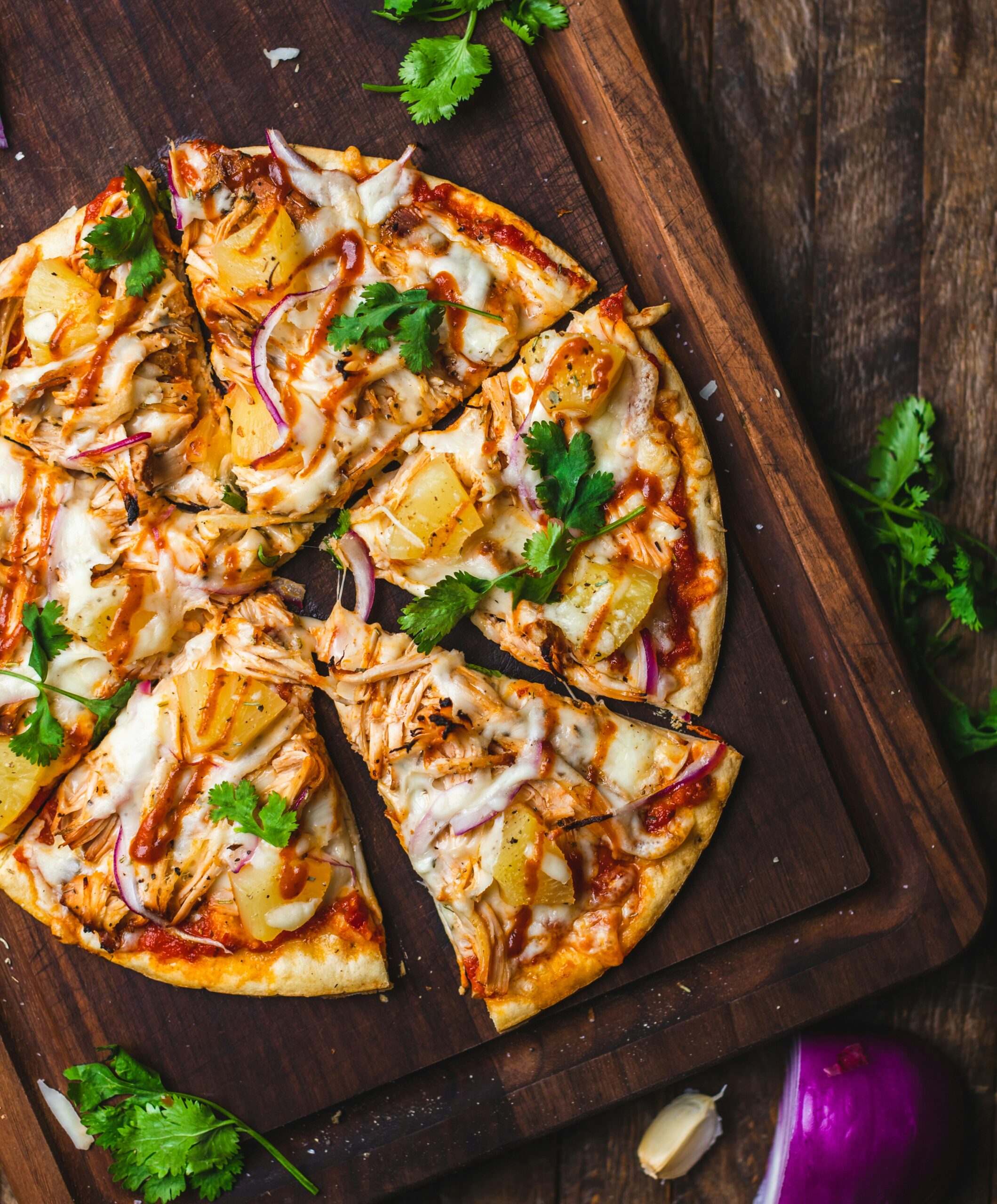
23 Jul How to Start a Food Business: A Step-by-Step Guide
Starting a food business can be incredibly rewarding — but it also comes with a complex blend of regulations, logistics, and product development challenges. Whether you’re launching a line of sauces, baked goods, snacks, or a pet food brand, following a clear roadmap can help you avoid costly mistakes and bring your product to market with confidence.
Here’s a step-by-step guide to help you start your food business the right way.
1. Define Your Product & Concept
Start with a strong product idea. Ask yourself:
-
What food or beverage are you offering?
-
What makes it unique — ingredients, flavor, health benefits, sustainability?
-
Who is your target customer?
Refine your concept with market research, trend analysis, and competitive comparisons.
2. Test Your Recipe or Formula
Before scaling up, perfect your recipe in a home kitchen or test lab. Important factors:
-
Ingredient sourcing
-
Batch consistency
-
Taste, texture, and shelf stability
Consider working with a food scientist to standardize your recipe and prepare for scale-up.
3. Understand Food Regulations
Different products have different regulatory requirements. Some common considerations:
-
FDA or USDA registration (depending on your product type)
-
Nutrition Facts Labeling
-
Allergen declarations
-
Process Authority Letters (for acidified or low-acid canned foods)
-
Health Canada or CFIA compliance if exporting to Canada
Tip: Consult with a regulatory expert or lab like United Food Labs to ensure compliance early on.
4. Choose the Right Kitchen or Facility
You cannot sell food made in your home kitchen unless you’re under a cottage food law. Options include:
-
Commercial kitchen rental
-
Co-manufacturer (copacker)
-
Your own licensed facility
Ensure the kitchen meets local health department requirements and is inspected and permitted for commercial use.
5. Get Licensed and Registered
You’ll likely need:
-
A business license
-
A food handler’s permit
-
Health department approval
-
Sales tax permit (if selling directly to consumers)
-
FDA facility registration
Check with your state and local authorities for exact requirements.
6. Create Your Brand & Packaging
Your branding should be clear, eye-catching, and compliant. Key elements:
-
Logo and color scheme
-
Label design (including required info like ingredients, nutrition, weight, barcode, etc.)
-
Packaging that maintains product freshness and meets food safety standards
Tip: Use a lab to verify shelf life and nutritional content before printing final labels.
7. Decide How You’ll Sell
There are several ways to sell your product:
-
Farmers markets
-
E-commerce (Shopify, Amazon, your website)
-
Retail stores
-
Food service (cafes, restaurants)
-
Wholesale distributors
Each has different pricing, packaging, and labeling needs.
8. Set Up Your Operations
Even small-scale food businesses need good systems:
-
Inventory management
-
Production and batch records
-
Distribution or delivery planning
-
Food safety (HACCP or GMP plans)
Keeping detailed records is essential for traceability and compliance.
9. Test Your Product for Safety and Shelf Life
Before you scale, make sure your product is:
-
Microbiologically safe
-
Stable over time (shelf life tested)
-
Labeled correctly (with accurate nutritional info)
This step builds consumer trust and prevents costly recalls.
10. Launch, Market, and Scale
With everything in place, launch your product and begin marketing:
-
Build an email list
-
Use social media to drive awareness
-
Offer samples and get feedback
-
Attend expos or pitch to local stores
As you grow, you can explore copacking, distributors, and even retail chains.
Need Help Getting Started?
At United Food Labs, we help food entrepreneurs:
-
Test their products for shelf life, nutrition, and safety
-
Prepare compliant labels for FDA and Health Canada
-
Navigate Process Authority approvals
-
Access commercial kitchens and food science support
📍 Offices in California, Washington, North Carolina, and Connecticut
📞 Contact: 818-749-2751 | 📧 info@unitedfoodlabs.com
🌐 Visit unitedfoodlabs.com
